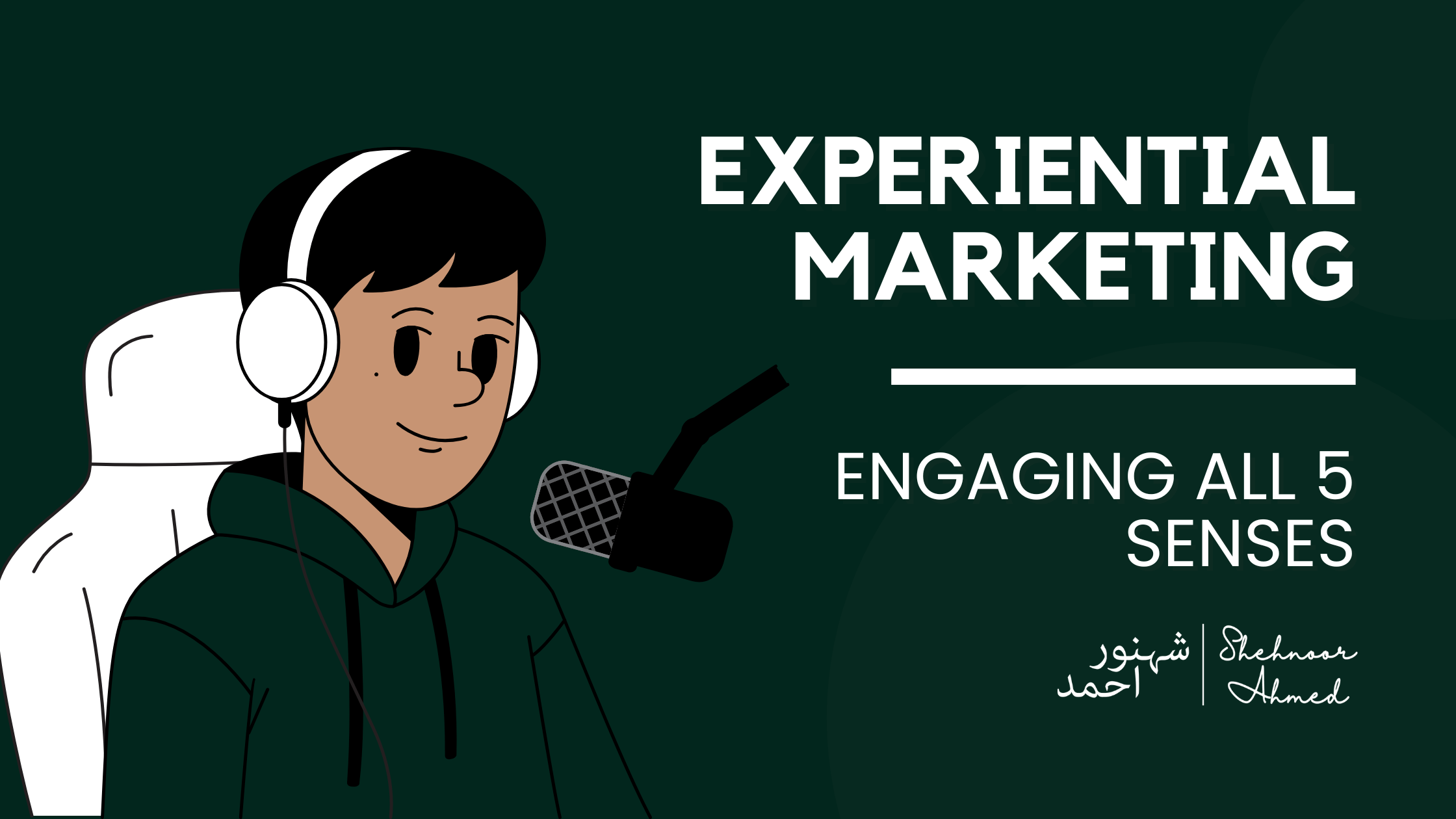
The Rise of Experiential Marketing: Engaging All 5 Senses
We live in a world where ads are everywhere, on our phones, billboards, and even inside apps. Most of them get ignored. Why? Because people don’t just want to see ads; they want to experience brands in a way that feels real and memorable. That’s where experiential marketing comes in. This tactic isn’t marketing a product, it’s provoking feelings. It uses vision, hearing, touch, odor, and taste to create permanent memories. Recall the last time you walked into a store and got a sniff of something amazing or heard something that instantly conjured up a brand. That’s the power of sensory marketing. Why Experiential Marketing Works Those retro ads talk to individuals. Experiential marketing draws individuals in and welcomes them into the narrative. Here’s why it works so well: When people can see, hear, touch, smell, or taste something related to a brand, they connect with it on a deeper level. How Brands Use the 5 Senses Sight: The First Impression Matters Visuals are powerful. The mind reads pictures 60,000 times faster than text. It is why businesses spend on strong colors, exclusive designs, and compelling videos. Consider Apple stores, their clean, minimalist aesthetic is immediately recognizable. Or the way that Netflix’s bold red mark stands out. These brands understand that what people see shapes how they feel. How to use sight in marketing: Sound: Creating an Emotional Connection Ever heard a song and instantly thought of a brand? That’s because sound plays with our emotions. How to use sound in marketing: Touch: The Power of Hands-On Experience The more people can physically engage with a product, the better they understand it. How to use touch in marketing: Smell: The Secret Weapon of Branding Smell is automatically connected to emotion and memory. It’s the reason why brands use signature scents to engender instant recall. How to use smell in marketing: Taste: A Flavorful Connection Even if your business isn’t in the food industry, taste can still play a role in your marketing. How to use taste in marketing: Brands That Are Doing It Right Some companies have already mastered sensory marketing. Here are a few that stand out: These brands prove that people don’t just buy products, they buy experiences. How You Can Use Sensory Marketing If you want to make your brand more memorable, start with these simple steps: Final Thoughts Experiential marketing isn’t about pushing ads, it’s about creating moments that people remember. Whether through sight, sound, touch, smell, or taste, the best brands create real, emotional connections with their customers. If you’re ready to level up your marketing game, Shehnoor Ahmed can help craft unforgettable brand experiences. Want to make your brand stand out? Let’s create something amazing! FAQs Q: What is experiential marketing? A: It’s a marketing strategy that lets people experience a brand in a hands-on way, instead of just seeing an ad. Q: Why does engaging the five senses matter? A: The more senses you engage, the more memorable and emotional the experience becomes. Q: Can sensory marketing work for non-food brands? A: Definitely! Any brand can use touch, smell, sound, and visuals to create engaging experiences. Q: How can small businesses use sensory marketing? A: Start small, offer interactive experiences, scented branding, or in-store demos to engage customers. Q: How does technology help with sensory marketing? A: AR, VR, and interactive experiences make marketing more immersive and engaging.



